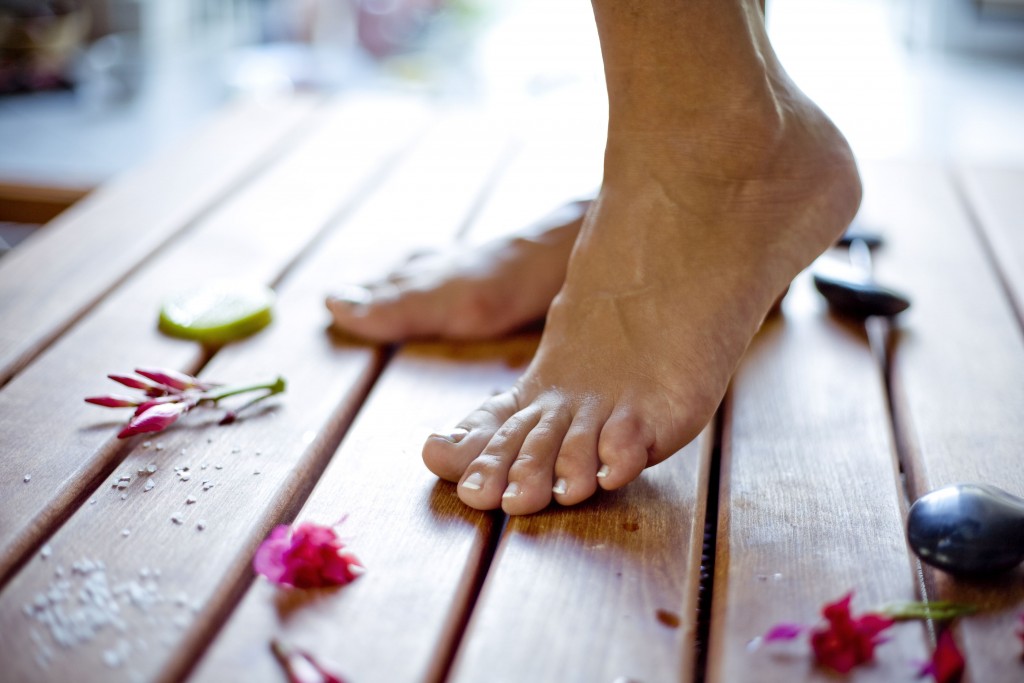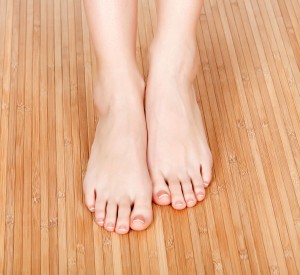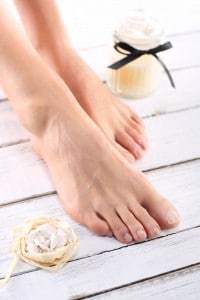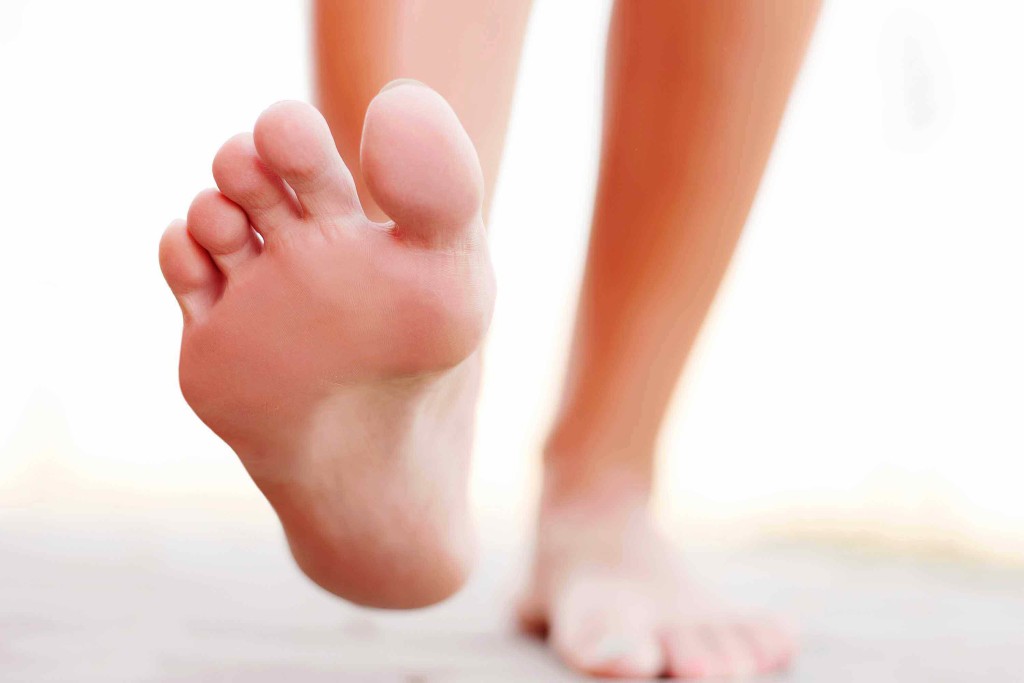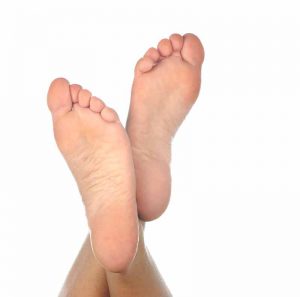Medically Reviewed by Dr. Rachel N. Verville
March 1, 2017

According to Frisco podiatrist Dr. Verville of RNV Podiatry, it’s always important to take good care of your feet to prevent injury, pain, swelling and related conditions. But if you’re a diabetic, it’s more important than ever for you to take excellent care of your feet. As your podiatrist may have already warned you, diabetics are at an increased risk for developing foot problems, and unfortunately, many diabetics don’t see a podiatrist until they have already encountered a worsening condition. Read this list for 11 foot care tips for diabetics, and learn how to care properly for your diabetic feet.
1. Keep Your Diabetes Under Control.
Dr. Verville goes on to say that if you’re a diabetic, the best way to keep your feet healthy is to keep your diabetes in check. Always follow your diabetic diet, take your medication or insulin as prescribed and check your blood sugar regularly. By staying within healthy ranges of blood sugar, you can control a significant number of diabetic complications, including diabetic foot problems such as neuropathy and poor circulation, which if severe enough can lead to amputations.
2. Check Your Feet Daily.
Diabetics already know that they are more likely to heal from cuts slowly than their non-diabetic counterparts. That’s why it’s important to check your feet daily for cuts, to make sure that you can treat any cut properly so that it doesn’t get infected. Dr. Verville also recommends you check your feet – top and bottom – daily to look for blisters, swelling and red spots. If you notice any issues, see your podiatrist right away.
3. Wash Your Feet Daily.
Keeping your feet clean is an important way to maintain your foot health. Podiatrists recommend that you wash your feet daily with warm soap and water, and to make sure that you dry your feet carefully, especially between your toes. If you have trouble washing or drying your feet on your own, ask a friend or family member for help.
4. Keep Your Feet’s Skin Soft and Smooth.
The skin on diabetic feet can thicken and harden, which is why lotion is so important. Make sure to apply lotion to your feet daily – just not between your toes.
5. Trim Your Toenails as Needed.
Make sure that you cut your toenails regularly, perhaps as often as once a week. And when you cut them, make sure to do so straight across, and file them with an emery board. If you cut your toenails at an angle, you’ll be at risk for ingrown toenails, a condition that will require intervention from a podiatrist.
6. Always Wear Shoes and Socks to Protect Your Feet.
You may feel more comfortable walking barefoot, but doing so exposes you to the risk of cutting your feet, which, since diabetics heal more slowly, can turn into an infected cut. Always wear absorbent socks and good-fitting shoes to protect your feet from cuts and scrapes.
7. Protect Your Feet from Hot and Cold Temperatures.
Dr. Verville will tell you that it’s important to keep your feet at a stable temperature. Never walk on hot pavement barefoot, and wear socks to keep your feet warm during cold temperatures or at night.
8. Keep the Blood Flow to Your Feet.
Any podiatrist will tell you that diabetics are at risk for decreased blood flow and circulation to your feet, which in severe cases can lead to amputations. Keep the blood flowing to your feet by wiggling your toes, elevating your feet and not smoking.
9. Get Active.
Diabetes may seem like a life sentence, but it’s one that you can help control with proper diet and exercise. Your podiatrist will recommend that you stay active, and come up with a physical fitness plan with your doctor.
10. Smooth Corns and Calluses Gently
Corns and calluses are common on diabetic feet, and they can be gently smoothed with a pumice stone. Better yet, if you have a severe or painful corn or callus, visit your podiatrist for an examination.
11. Stay in Regular Contact with Your Podiatrist.
If you have diabetes, your foot health is even more important than if you don’t. Make sure you stay in regular contact with your podiatrist to address any and all foot issues that may arise.




